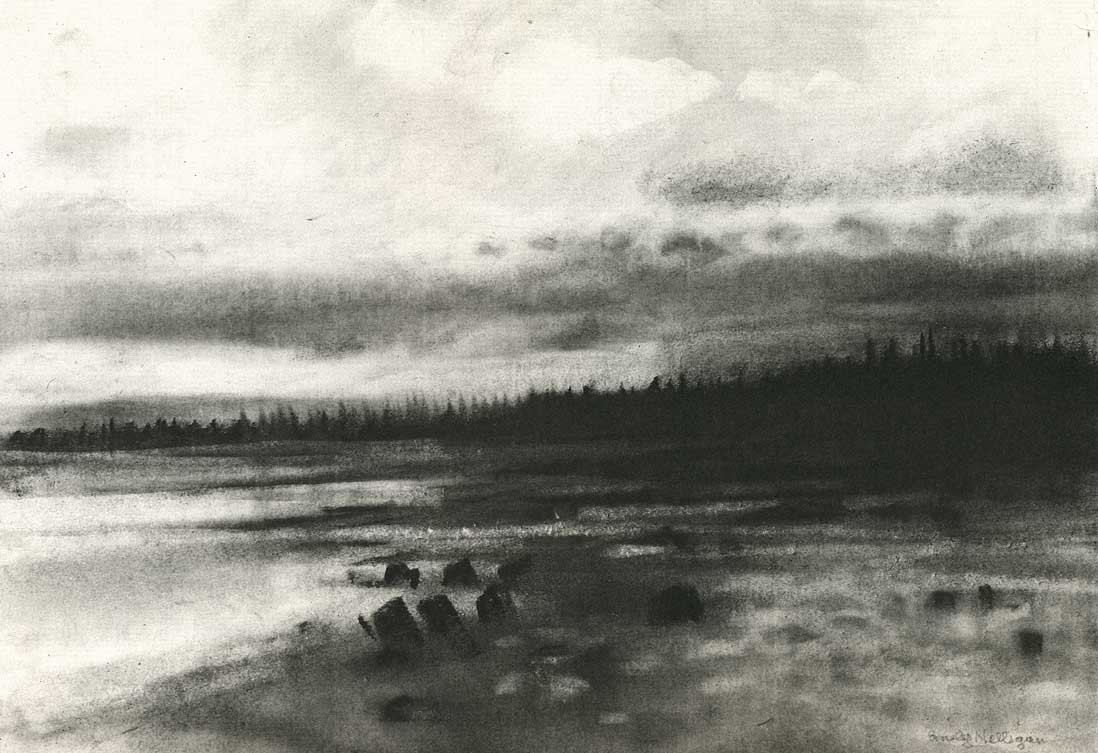I just want to pour that out on the canvas: My love for the landscape, my love for the trees and sky.” --Dorothy Knowles
Painting is mostly a solitary activity but sometimes an artist group can give the painter encouragement and inspiration that furthers her/his work. The Marchutz School community has provided that for me at times. I’m also inspired by other similar groups. One such artist community grew out of the Emma Lake Artists’ Workshops in Saskatchewan, Canada, which were held each summer from 1936 to 2012. Despite its remote location, the workshop attracted a number of prominent international artists and art critics, including Clement Greenberg.
Some students from the Workshops went on to become abstract painters, but over the years a number of impressive artists have devoted themselves to rendering the prairies, river valleys, and lakes of Saskatchewan. This group of painters includes Reta Cowley, Dorothy Knowles, Clint Hunker, Catherine Perehudoff, and Agnes Ruest. Over the years, through several generations, these individuals supported each other and dedicated themselves to rendering what some would describe as the homely landscape of the Canadian prairies. Cowley admitted the she “hated it [the prairie] at times…There seemed nothing three dimensional to work with.” But, like many of her fellow landscape painters, she grew to love this difficult landscape. She observed that it “may be a little hard to paint the prairies, but you have to work with what there is. The light on the prairies is wonderful—and the cleanness here, too, has an impressive effect on the light.”
I not only appreciate the dedication of these painters to a specific place, but also their strong tradition of watercolor painting, either as a primary medium or as a tool for on-site sketching. You can find more paintings by these artists at http://www.artplacement.com/gallery/artists.php and https://collections.remaimodern.org/collections, among other websites. For more information about the Emma Lake Workshops: https://alumni.usask.ca/news/2022/summers-at-emma-sask.-artists-reflect-on-legacy-of-emma-lake-workshops-part-1.php
The work of these artists varies in quality, but they’ve all done some wonderful paintings. Here’s a sample:

























